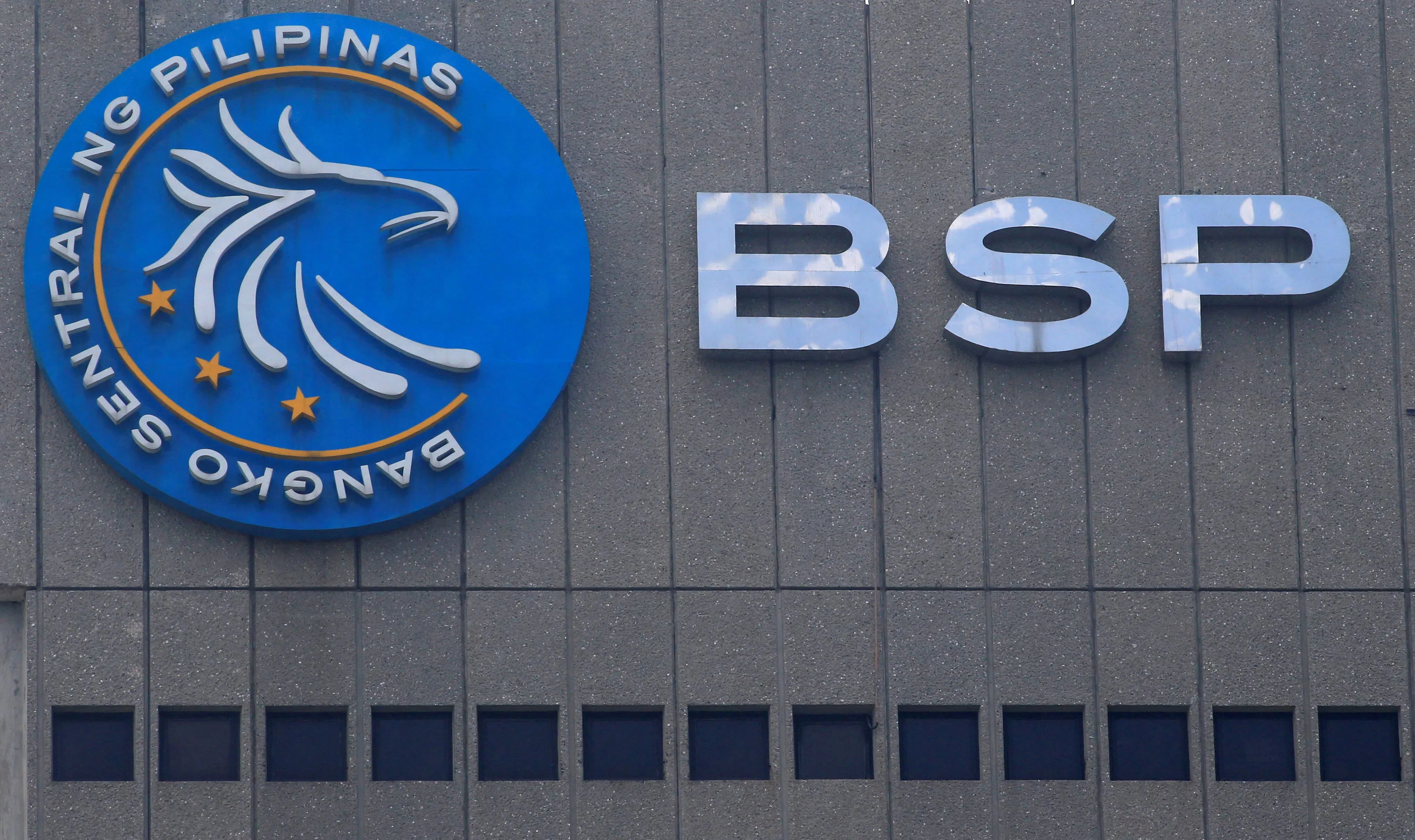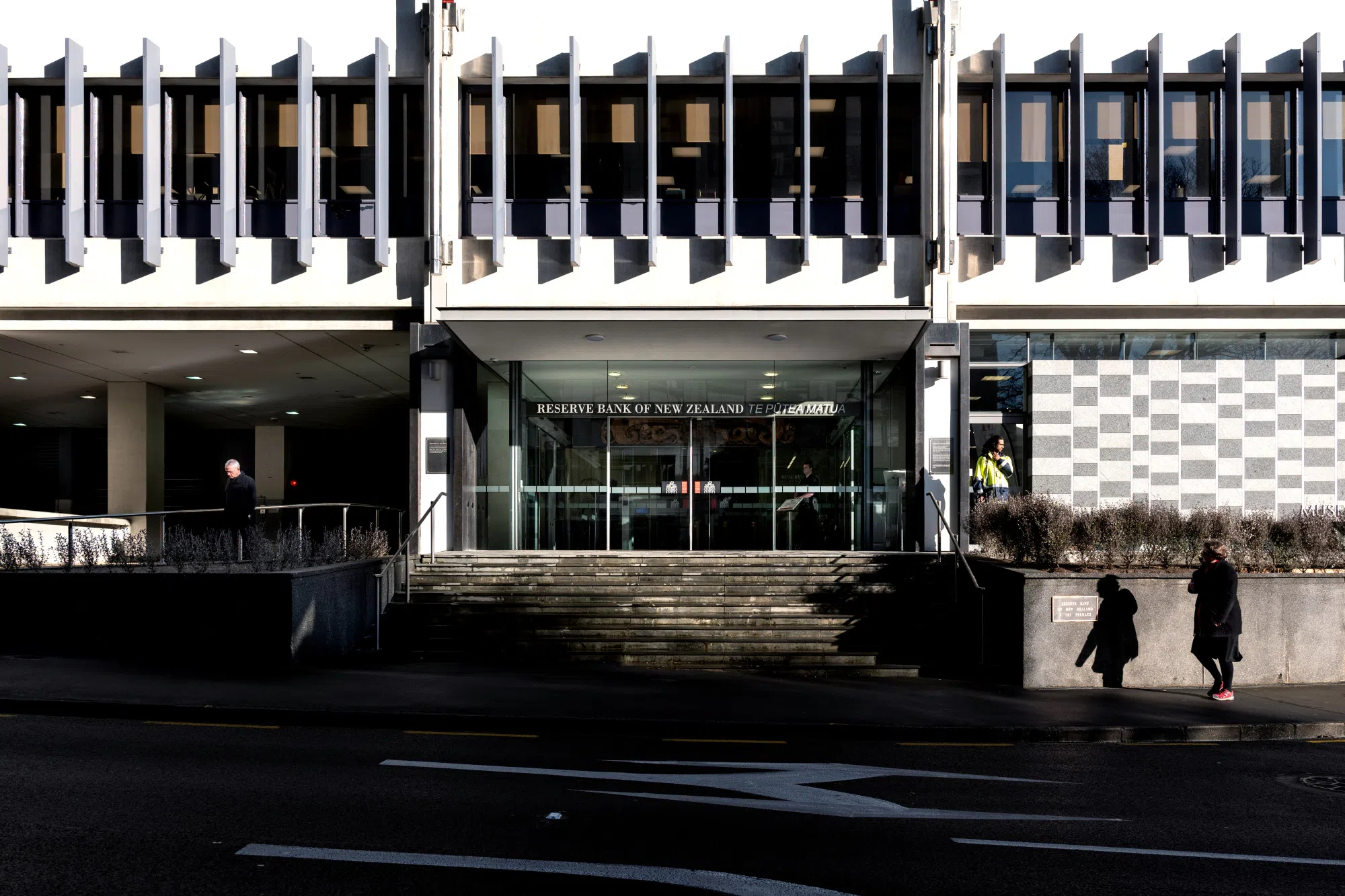THE Philippine central bank is expected to keep its benchmark interest rate steady for a fourth straight meeting on Monday (Apr 8) as rice inflation bolted to a fresh 15-year high while the peso slumped to a five-month low.
Bangko Sentral ng Pilipinas (BSP) will maintain its target rate at 6.5 per cent, according to all 19 economists in a Bloomberg survey. The decision, which was delayed from an original schedule of Apr 4, will follow data that showed inflation accelerated for a second consecutive month as price gains of the nation’s staple grain soared anew. At the same time, the peso has faced a fresh bout of weakness, along with other regional currencies.
While policymakers are not expected to resume tightening, they may push back against any imminent rate cuts in favour of waiting for a more convincing decline in inflation. The BSP’s latest price outlook became less optimistic, anticipating that inflation may be above the 2 to 4 per cent target through the July to September period from an earlier forecast of just a second-quarter breach.
There is been growing wariness among central banks that inflation may continue to be stubborn this year, as the El Nino drought hits farm output and geopolitical tensions push up oil prices. US policymakers have also signalled they are willing to wait for more evidence of decelerating inflation before acting, spurring weakness in emerging currencies that could stoke import costs. The Philippines imports almost all its fuel needs and is among the world’s biggest buyers of rice.
The Philippine central bank will weigh domestic factors such as price pressures and economic growth prospects as it also watches the Federal Reserve’s moves, said Shreya Sodhani, regional economist at Barclays, adding that monetary easing is not likely to happen this quarter.
Governor Eli Remolona last month said that although it is unlikely that the BSP will tighten some more, he cannot say that it will ease soon.
A NEWSLETTER FOR YOU
Asean Business
Business insights centering on South-east Asia’s fast-growing economies.
Here’s what to watch out for at the briefing in Manila at 3 pm:
Inflation, peso
Continued increases in prices of rice and meat along with higher domestic oil prices and electricity rates are the key sources of price pressures. El Nino-induced drought could crimp harvests and further boost food costs.
“Risk-adjusted inflation forecast is quite important as the BSP is now focusing on that, and the measure needs to remain below 4 per cent before cuts can start,” Sodhani said. “I would also start to pay attention to the bank’s mention of growth,” she said.
The Barclays economist predicts that the Philippines could start cutting the policy rate next quarter while Australia & New Zealand Banking Group said its base case is for a total half-point reduction in the fourth quarter.
The peso has fallen about 0.5 per cent this month against the US dollar, among the worst performers in the region.
Growth outlook
The Philippines last week trimmed the economic growth forecasts for this year and next while widening fiscal deficit estimates to support higher spending.
Even with the downward revisions in growth, President Ferdinand Marcos Jr’s team expects the Philippines to remain among the fastest-growing economies in the region, giving them confidence to focus on the inflation battle.
“Inflation is still our biggest problem,” Marcos told Bloomberg Television last month. “We are not yet there,” he said when asked whether he sees room to cut borrowing costs that are the highest since May 2007. BLOOMBERG



